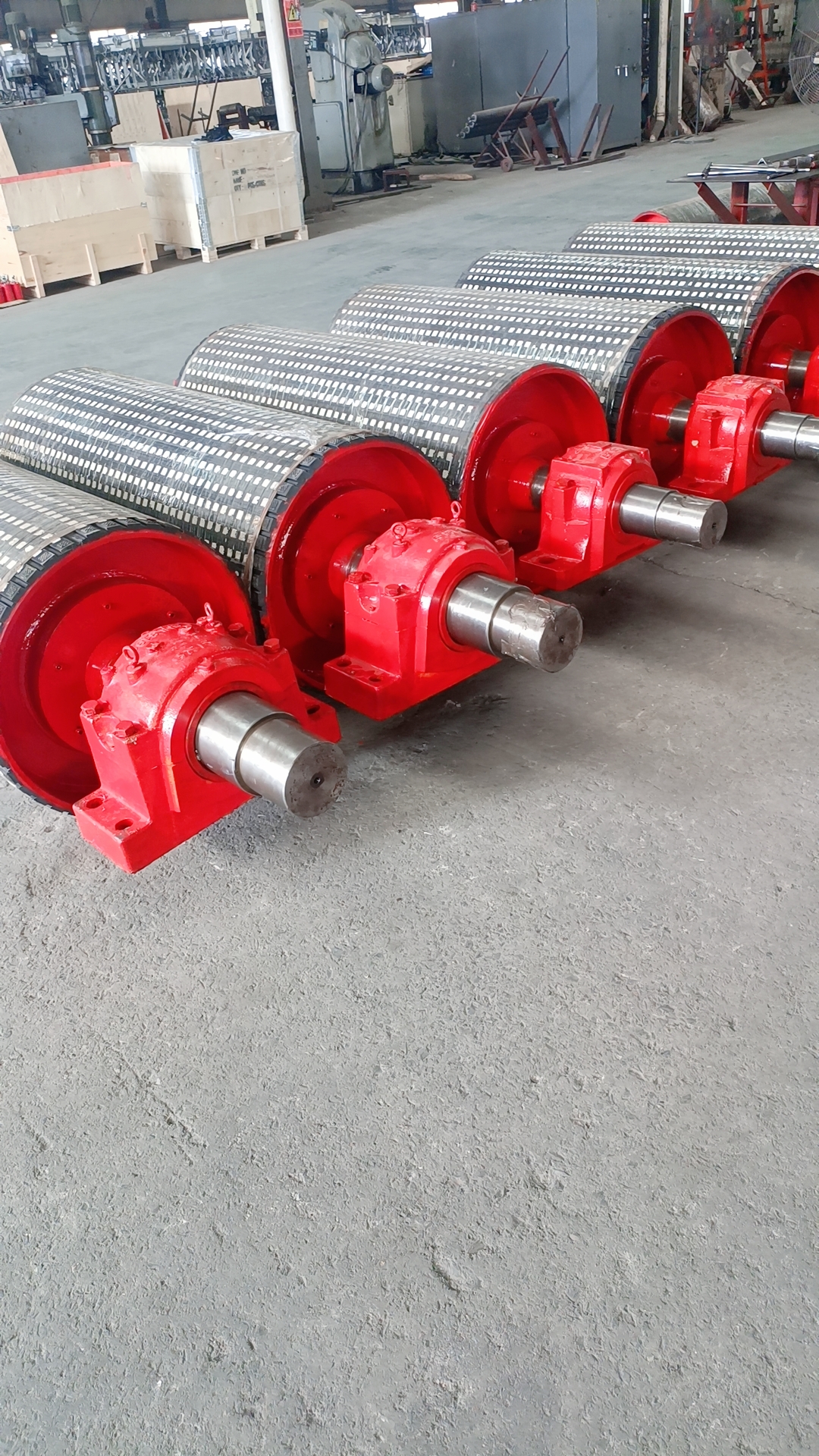 Afrikaans
Afrikaans  Albanian
Albanian  Amharic
Amharic  Arabic
Arabic  Armenian
Armenian  Azerbaijani
Azerbaijani  Basque
Basque  Belarusian
Belarusian  Bengali
Bengali  Bosnian
Bosnian  Bulgarian
Bulgarian  Catalan
Catalan  Cebuano
Cebuano  Corsican
Corsican  Croatian
Croatian  Czech
Czech  Danish
Danish  Dutch
Dutch  English
English  Esperanto
Esperanto  Estonian
Estonian  Finnish
Finnish  French
French  Frisian
Frisian  Galician
Galician  Georgian
Georgian  German
German  Greek
Greek  Gujarati
Gujarati  Haitian Creole
Haitian Creole  hausa
hausa  hawaiian
hawaiian  Hebrew
Hebrew  Hindi
Hindi  Miao
Miao  Hungarian
Hungarian  Icelandic
Icelandic  igbo
igbo  Indonesian
Indonesian  irish
irish  Italian
Italian  Japanese
Japanese  Javanese
Javanese  Kannada
Kannada  kazakh
kazakh  Khmer
Khmer  Rwandese
Rwandese  Korean
Korean  Kurdish
Kurdish  Kyrgyz
Kyrgyz  Lao
Lao  Latin
Latin  Latvian
Latvian  Lithuanian
Lithuanian  Luxembourgish
Luxembourgish  Macedonian
Macedonian  Malgashi
Malgashi  Malay
Malay  Malayalam
Malayalam  Maltese
Maltese  Maori
Maori  Marathi
Marathi  Mongolian
Mongolian  Myanmar
Myanmar  Nepali
Nepali  Norwegian
Norwegian  Norwegian
Norwegian  Occitan
Occitan  Pashto
Pashto  Persian
Persian  Polish
Polish  Portuguese
Portuguese  Punjabi
Punjabi  Romanian
Romanian  Russian
Russian  Samoan
Samoan  Scottish Gaelic
Scottish Gaelic  Serbian
Serbian  Sesotho
Sesotho  Shona
Shona  Sindhi
Sindhi  Sinhala
Sinhala  Slovak
Slovak  Slovenian
Slovenian  Somali
Somali  Spanish
Spanish  Sundanese
Sundanese  Swahili
Swahili  Swedish
Swedish  Tagalog
Tagalog  Tajik
Tajik  Tamil
Tamil  Tatar
Tatar  Telugu
Telugu  Thai
Thai  Turkish
Turkish  Turkmen
Turkmen  Ukrainian
Ukrainian  Urdu
Urdu  Uighur
Uighur  Uzbek
Uzbek  Vietnamese
Vietnamese  Welsh
Welsh  Bantu
Bantu  Yiddish
Yiddish  Yoruba
Yoruba  Zulu
Zulu Self-Aligning Conveyor Rollers for Enhanced Material Handling Efficiency and Performance
Self-Aligning Conveyor Rollers Revolutionizing Material Handling
In today’s fast-paced industrial environment, the efficiency and reliability of material handling systems are more critical than ever. A significant innovation contributing to these systems is the development of self-aligning conveyor rollers. These specialized rollers are not only designed to enhance the performance of conveyor systems but also to extend their lifespan and reduce maintenance costs. This article explores the functionality, benefits, and applications of self-aligning conveyor rollers in modern industries.
What Are Self-Aligning Conveyor Rollers?
Self-aligning conveyor rollers are engineered to maintain proper alignment along a conveyor belt, thus minimizing issues related to misalignment. Traditional conveyor systems often face challenges such as belt drift, wear, and irregular load distribution caused by misalignment, which can lead to inefficiencies and costly downtime. Self-aligning rollers are equipped with a design that allows them to adapt to the belt's position dynamically, ensuring optimal alignment at all times.
Functionality and Design Features
The core feature of self-aligning rollers is their ability to pivot and adjust under varying loads and operational conditions. Unlike standard rollers that are fixed in position, self-aligning rollers utilize a flexible mounting system that allows for lateral movement. This design prevents the conveyor belt from veering off track, regardless of the load being transported.
Typically, these rollers come with tapered or crowned surfaces, which naturally guide the conveyor belt back to the center when it starts to drift. Additionally, self-aligning rollers can be constructed from a variety of materials, including rubber, urethane, or steel, offering versatility for different applications and environments.
Advantages of Self-Aligning Conveyor Rollers
1. Reduced Maintenance Traditional conveyor systems often require frequent adjustments and alignments. By incorporating self-aligning rollers, companies can significantly reduce maintenance costs associated with manual adjustments and repairs, leading to less downtime and increased productivity.
self aligning conveyor rollers

2. Enhanced Durability Self-aligning rollers are designed to withstand harsh operational environments. Their robust construction and ability to self-adjust mean that they experience less wear and tear compared to conventional rollers, extending their life span and reliability.
3. Improved Safety Misalignment can create hazardous situations, such as unexpected belt slippage or object spillage. The self-aligning nature of these rollers helps ensure that the conveyor operates smoothly, thereby minimizing safety risks for workers.
4. Optimized Material Flow By maintaining consistent alignment, self-aligning rollers facilitate smoother material handling. This optimization leads to increased efficiency in transporting goods, reducing the chances of bottlenecks in production lines.
Applications Across Industries
Self-aligning conveyor rollers are versatile and can be employed in a variety of industries. They are commonly used in
- Mining and Quarrying The robust nature of these rollers makes them ideal for transporting heavy materials in challenging environments. - Food and Beverage Hygiene standards are critical in this sector, and self-aligning rollers can be made from materials that meet stringent regulatory requirements. - Manufacturing In manufacturing plants, self-aligning rollers ensure that the transfer of components is smooth and efficient, thereby enhancing overall production timeliness.
Conclusion
Self-aligning conveyor rollers are an essential innovation in the realm of material handling, offering significant advantages over traditional systems. Their ability to maintain proper alignment reduces maintenance costs, enhances safety, and improves material flow efficiency. As industries strive for greater productivity and reliability, the adoption of self-aligning conveyor rollers will likely continue to grow, solidifying their role as a cornerstone of modern conveyor technology. Embracing this technology not only revolutionizes how materials are handled but also contributes to a safer and more efficient working environment.
-
Revolutionizing Conveyor Reliability with Advanced Rubber Lagging PulleysNewsJul.22,2025
-
Powering Precision and Durability with Expert Manufacturers of Conveyor ComponentsNewsJul.22,2025
-
Optimizing Conveyor Systems with Advanced Conveyor AccessoriesNewsJul.22,2025
-
Maximize Conveyor Efficiency with Quality Conveyor Idler PulleysNewsJul.22,2025
-
Future-Proof Your Conveyor System with High-Performance Polyurethane RollerNewsJul.22,2025
-
Driving Efficiency Forward with Quality Idlers and RollersNewsJul.22,2025





























